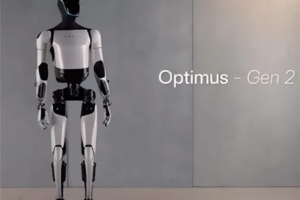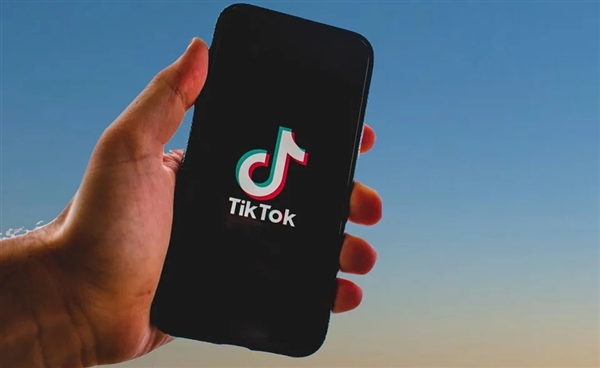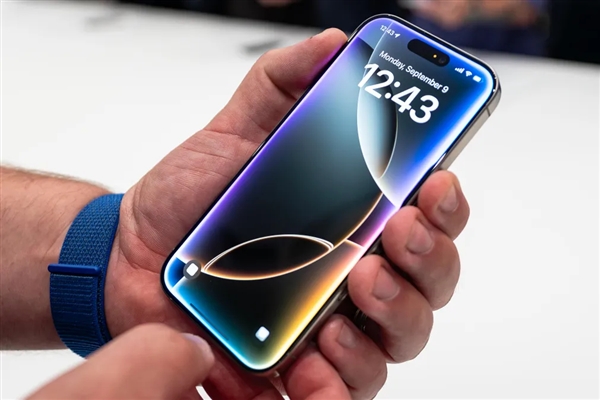January 18, 2024 – Microsoft has been granted two patents related to eye-tracking technology for smart glasses, as revealed in the World Intellectual Property Organization’s (WIPO) list published on January 11.

The first patent, titled “Operating an Eye-Tracking Camera Based on Eye Position,” emphasizes the importance of lightweight and compact head-mounted systems (HMS), such as smart glasses, for widespread daily use. These systems often incorporate head-mounted displays (HMDs) for augmented reality and virtual reality, which commonly utilize eye-tracking technology to enhance user experience and efficiency.

The patent describes various devices that can be used for eye-tracking systems, including optical sensors, electric eye imaging devices, optical flow sensors, ranging sensors, and cameras. Microsoft’s patent outlines an efficient eye-tracking technique where, in certain implementations, the HMS includes a head-mounted camera and a head-mounted device that can measure the user’s eye position. Notably, the patent states that the computer calculates the speed of the eye position at least ten times faster than the rate at which the head-mounted camera captures images.

Accompanying the patent are illustrations that further explain the technology. Figure 1 depicts an example of an eye-tracking system that incorporates an optical sensor-eye imaging device (PSOG) and a camera. Figure 2A showcases smart glasses with a PSOG that utilizes multiple light sources and detectors, while Figure 2B illustrates an embodiment of an eye-tracking system on smart glasses that can track both eyes. Additionally, the patent references Figure 9B, which demonstrates an implementation of eye-tracking using multiple head-mounted cameras.
The second patent, titled “Efficient Image Capture Based on Eyelid Position,” provides insights into another aspect of eye-tracking technology but the detailed description is not included in this summary. Interested readers can access the patent for a more in-depth understanding.












